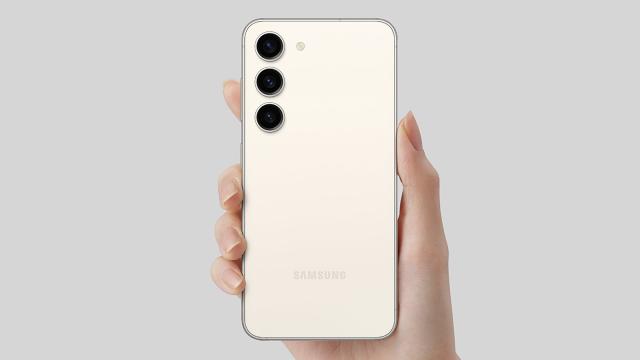If you’re in the market for a new smartphone, you’ve certainly got plenty of options to pick from — but it’s not necessarily all that easy to spot the differences between the dozens of glass-and-metal-and-plastic slabs that are out there. At the same time, certain specs and features that were once crucial are now less significant, while others have become more important over the years.
This guide should help you pick a new smartphone, ready for 2023, if you’re struggling to know where to start or what you should be looking for to find the right phone for you. We’re not going to mention any specific models, so the points here can be applied to any device — if you need some specific recommendations, check out our best phones guide.
Android vs iOS
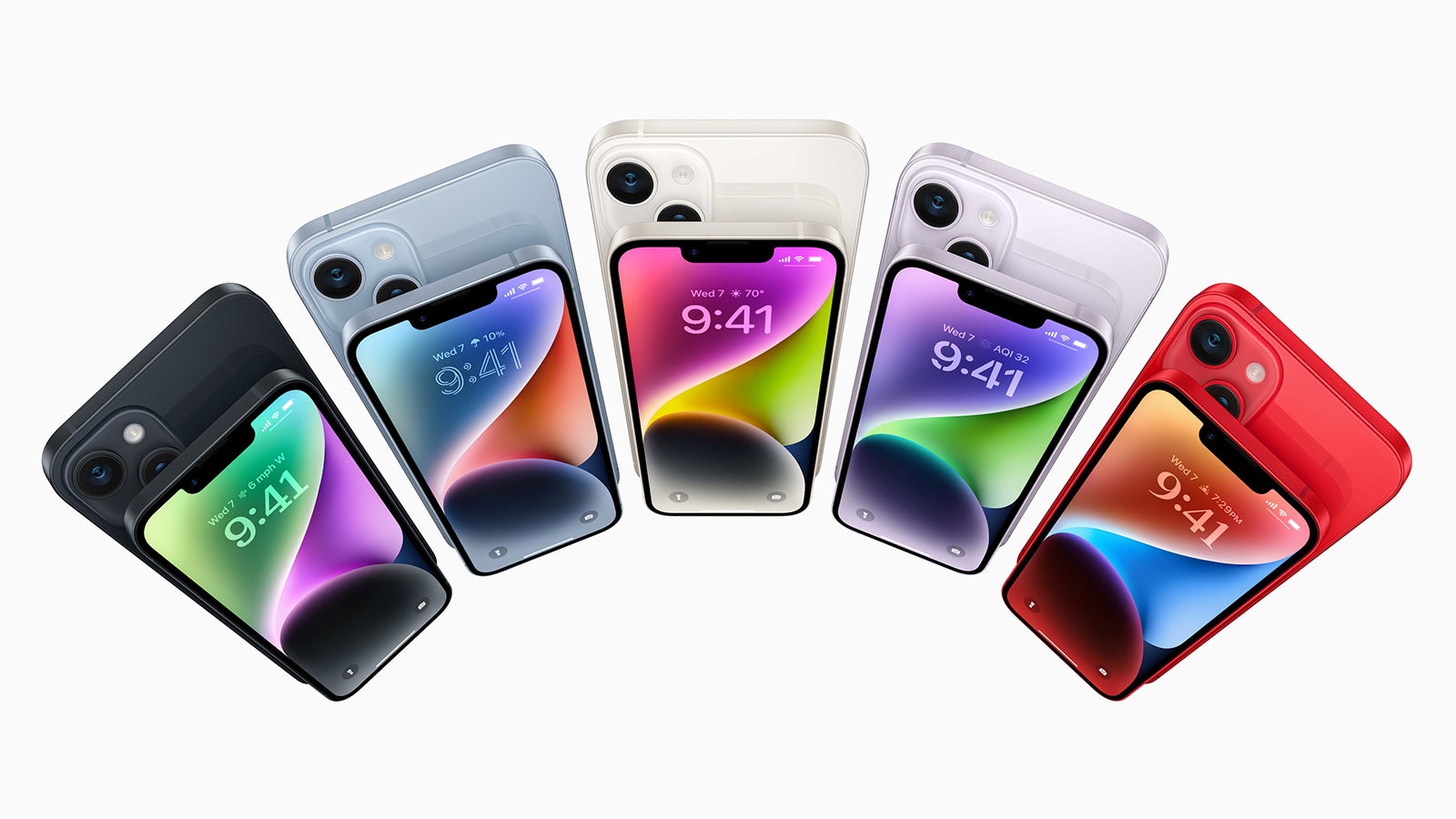
This remains a key decision, and it’s one that you may have made your mind up on many years ago. We’re not going to do a point-by-point comparison here, but most of the most popular apps are now available on both platforms, and Google and Apple have copied plenty of features from each other for their own mobile operating systems. In 2023, iOS remains a little more polished, while Android is a little more customisable.
Clearly, you’re going to want an iPhone if you’ve come to rely on Apple’s mobile apps — there’s an Apple Music app for Android, but not much else. Meanwhile almost all of Google’s apps are available on iOS, though you could argue that they’re somewhat better integrated with the phone and with each other on Android. Messaging is very important of course, and iMessage is one of the main reasons people stick with iPhones.
Choosing a smartphone isn’t just about choosing a smartphone of course, because you need to think about all of the other gadgets you own, too: Is there an Apple TV 4K or a Chromecast plugged into your television set? Is there a HomePod Mini or a Nest Mini in your kitchen? Does your laptop run macOS or Windows? The answers to these questions are going to have a bearing on whether you opt for Android or iOS.
Screen and design
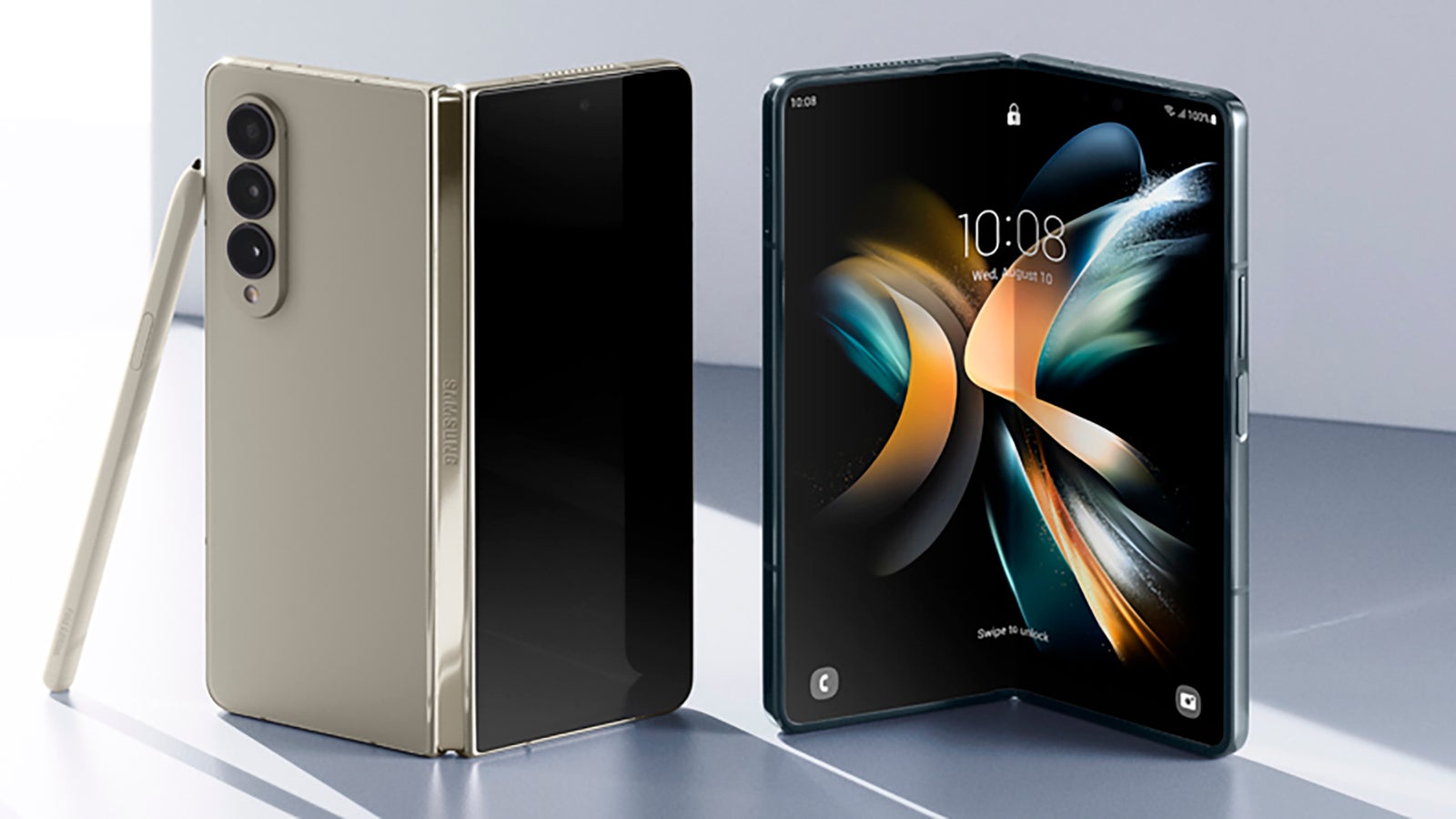
There’s not much variation out there in terms of phone design, but there is some — and it’s worth checking out not just the aesthetics of the handsets that are on the market, but also the colours they come in, to find your perfect phone. Camera bumps are one area where manufacturers still use some creativity, and it’s definitely easier to differentiate between smartphones from the back rather than from the front.
Sadly for fans of smaller devices, there’s not a great deal of choice when it comes to screen sizes, with most phone displays now around the 6 inch mark or bigger. There are still one or two handsets out there with smaller screens, but they’re few and far between, and you may have to make compromises elsewhere. The superior OLED display tech is now used on flagship and mid-range handsets, though you’ll still find LCD on budget models.
Look out for the screen resolution in pixels, which will tell you how sharp text and images are going to be on the display, and check its refresh rate, which is measured in hertz (Hz): this gives you an indication of how smooth and fluid everything from videos to animated menus are going to be, though phone speed and memory management play a role here as well. Finally in terms of form factor, we’ve got foldable phones to consider, though prices remain high and the options remain limited for the time being.
Camera quality
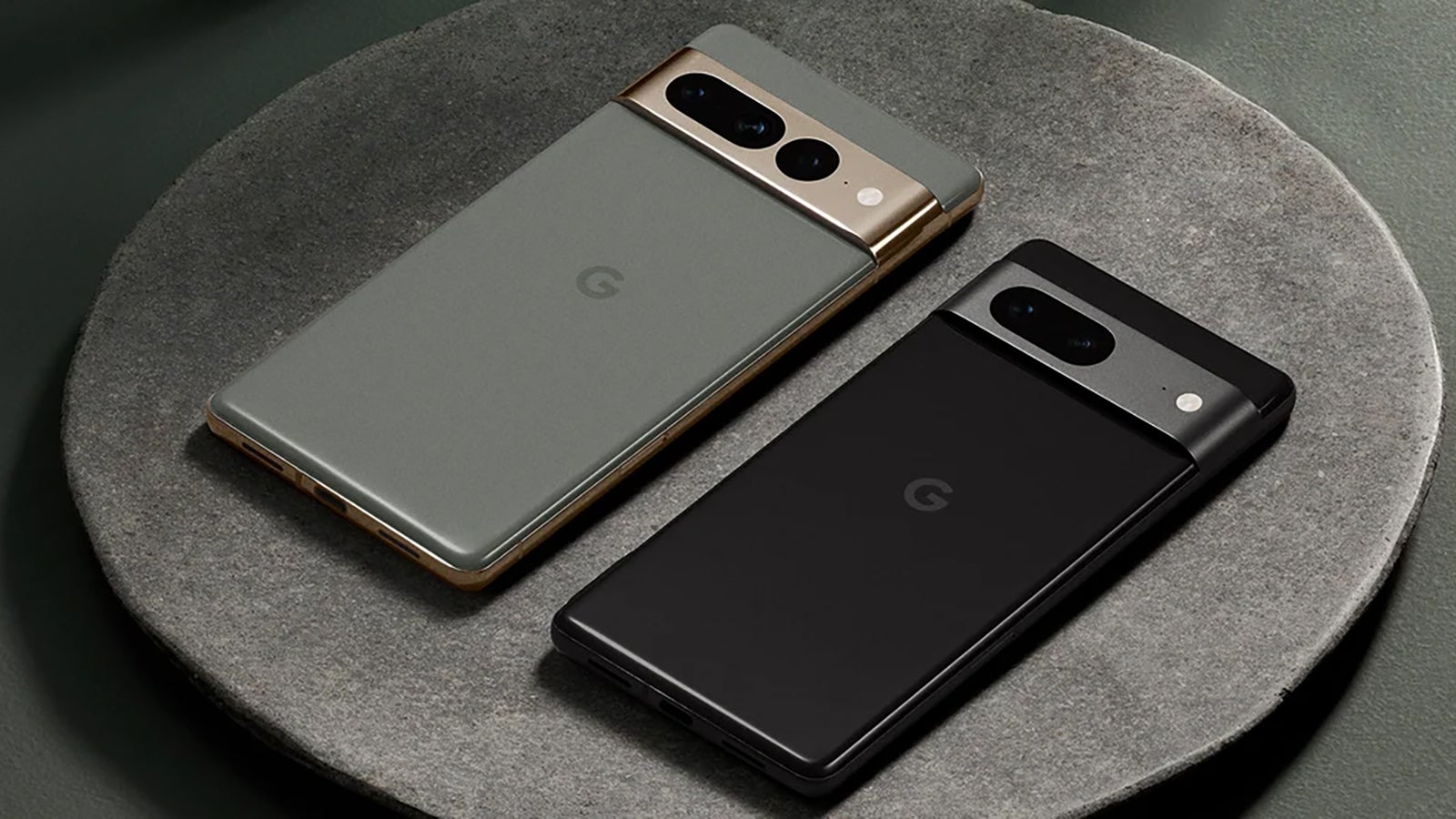
One of the most common uses for a phone is to snap pictures and capture video with it, and the good news is that even the cheapest phones are actually pretty good at this now. Paying more for a phone will typically get you bigger, sharper and better-balanced images, as well as increased optical zoom (being able to zoom in with no loss of quality).
You’ll see phones listed with the number of cameras they have on board, together with each camera’s megapixel rating (the size of the images they can take), pixel size (bigger pixels are better), f stop value (a smaller value means more light and detail can be grabbed), and sensor size (larger sensors mean more light capture and better shots).
These specs are all useful to know, and all influence photo and video quality, but to really understand how good a phone’s camera is, you’re best off reading reviews and looking at sample shots: That’ll give you a much better idea than looking at a specs sheet or believing the hype attached to a camera setup by the phone manufacturer. That’s in part thanks to the post-processing algorithms most modern phones apply to their photos. You can get a glimpse of Google, Samsung’s, and Apple’s in action here.
Battery life
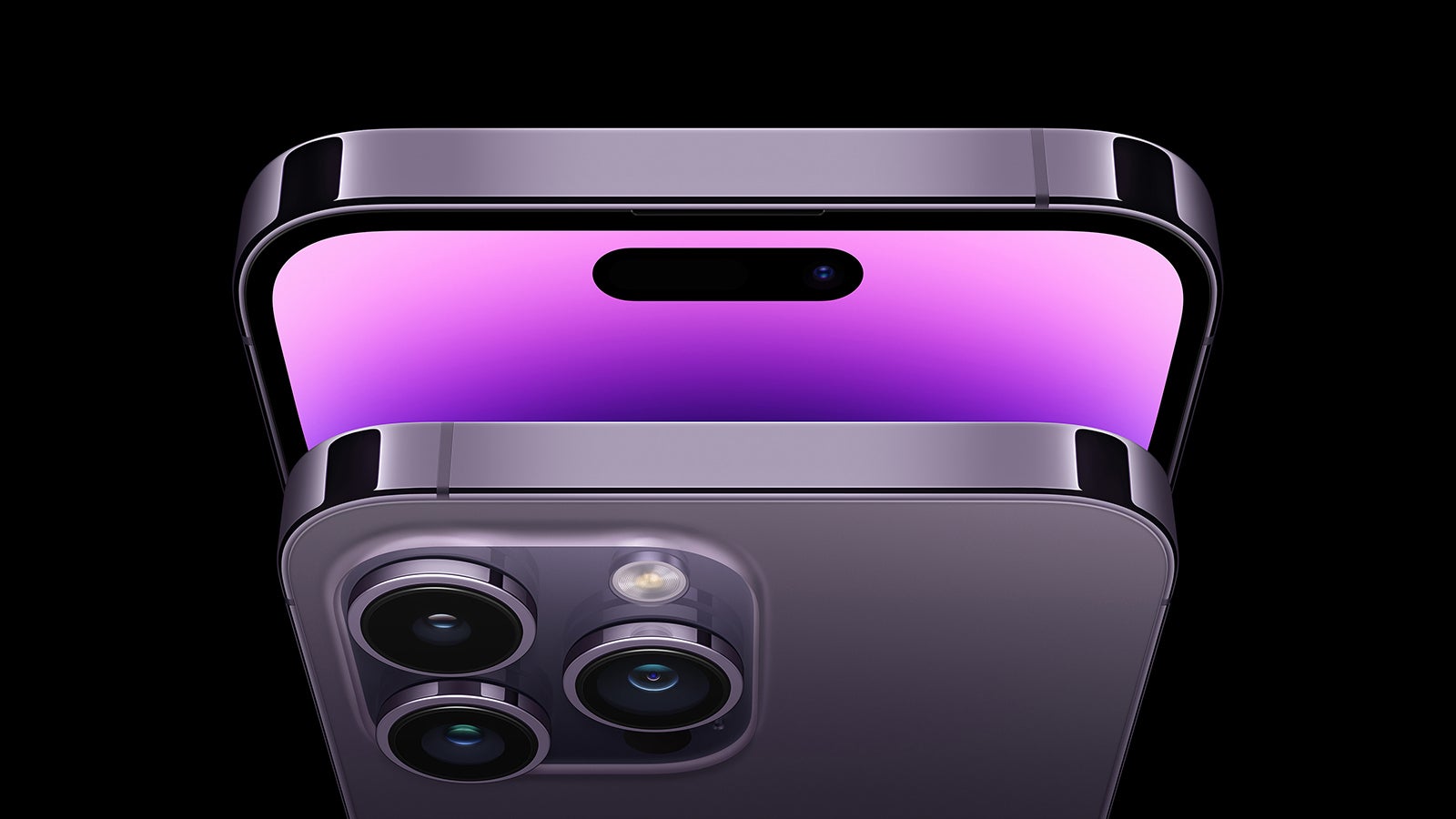
We all want more battery life in our phones, and you’ll see battery capacities listed in milliampere hours or mAh: The higher the number, the bigger the capacity. However, there are numerous other factors to bear in mind, including the size and brightness of the screen, or how well-optimised the phone software and its apps are.
As with camera quality, there’s really no substitute for reading reviews of phones to check on battery life, rather than believing any manufacturer claims — the experiences of people who’ve actually used the handset should give you the best idea of how long you’re going to get between charges, though a large battery capacity certainly helps.
It’s also worth checking up on charging speed, measured in watts (W) — the higher the number, the faster the charging. When you’ve got a phone that can replenish its battery in minutes rather than hours, the battery life doesn’t matter quite so much, because it’s easier and quicker to keep it topped up throughout the day.
Other specs
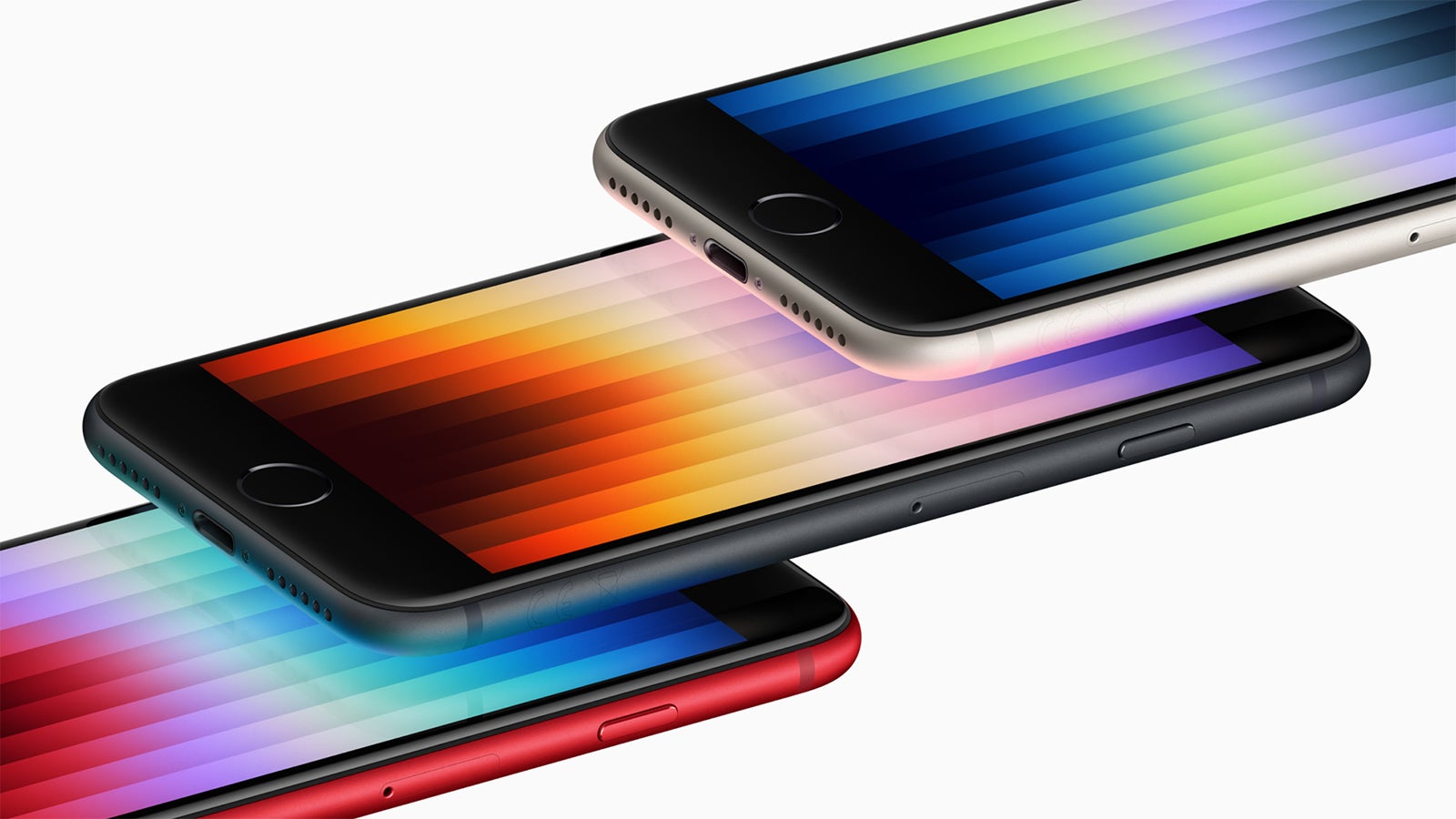
Processor speed, and to a lesser extent the available memory (RAM), indicate how fast a phone is. Alongside OS efficiency, it determines how quickly apps will load, how well multiple apps (or browser tabs) are handled simultaneously, the lag you might see in games, and so on. Then there’s the internal storage, measured in gigabytes (GB), which is still important for storing apps, photos and videos, even if most content is now streamed.
There’s an argument to be made that the fastest processors of the moment offer up more power than the average user is going to need, but remember that the phones with these chipsets inside them will last you longer as well — sometimes the extra investment is worth it if it means you’re going to be able to go another year or two without upgrading again.
Newer processors typically need less energy as well, which helps with battery life. Then there’s everything your phone uses artificial intelligence for — understanding your voice commands, optimising pictures, and more — which will also be helped by a more powerful processor under the hood.
